A Guide for Japanese Etiquette and Table Manners
We only wish that your dining experience with TABLEALL is incredible, unforgettable and stress-free. All our restaurants offer impeccable attention to each and every guest, and showing your respect for the food and the service can promise you an incredible experience. To help you navigate Japanese dining etiquette, here are some helpful tips for you to remember.
General Tips
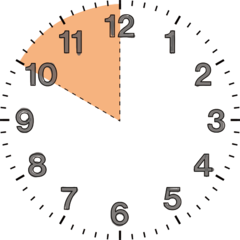
Arrive Early
At many Japanese restaurants, they start serving all the guests at the same time as they move from one course to the next. To not keep other guests waiting, please try to arrive early at the restaurant, preferably about 10 minutes before your reservation.
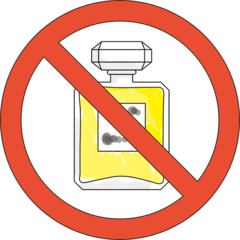
No Perfume
To fully enjoy the delicate flavors of Japanese cooking, we ask that you refrain from using perfume or other cosmetics with strong odors. You often will be sitting at the counter, right in front of the chef, and the perfume’ s scent could interfere with his sense of smell and the cuisine.

Smart Casual
Smart casual is the preferred dress code at all TABLEALL restaurants. There is no need to dress formal, but please avoid shorts or T-shirts / tank tops.

Allergies / Food Preference
Please let TABLEALL know ahead of time of any allergies or foods you don’ t like. Please send your information at least a week before your booking date so that the chef can arrange a different menu for you that is just as special. Please make sure you provide information for all members of your group if applicable.

Photos? Please Ask
Some of our restaurants do not allow
guests to take photos of the food. Some reasons behind this
includes the chef wishing every guest to enjoy the food as
soon as it’ s served. Generally, most of our chefs do not
like their guests taking photos.
If you wish to take photos, please check
with the chef or the waiter/waitress first. When taking
photos, please make sure to turn off the flash and any sound
effects to avoid disturbing other guests. Please also make
sure that other guests are not included in your photo.

Eat While Fresh
This is especially important for sushi and tempura, but please eat the dishes immediately after they are served. Most of these dishes taste the best right after they are made, and even a few seconds can damp the flavor.

Countertops
At most sushi and tempura restaurants, the countertop is considered a sacred place. Most of them use very expensive wood. Please refrain from putting hard or sharp objects like keys that could damage the surface. Please also keep your belongings such as wallet and phone in your pocket or bag.

Cell Phones
Please refrain from speaking on the cell phone during your meal as it’s considered disrespectful. For urgent matters, please take the call at the entrance area or outside the restaurant. Please do not play games on your phone.

Soft Voices
Many of our restaurants have small floor space or you will be sitting right next to other guests on the counter. Please refrain from speaking loudly that could disturb other guests.
Table Manners : SUSHI

Hand Or Chopsticks
For tsumami appetizer dishes, please use chopsticks. For nigiris (fish on top of rice), you can either use hands or chopsticks - whichever you feel more comfortable. The most important thing is that you pop the sushi in your mouth in one go, and not break it up in bites.
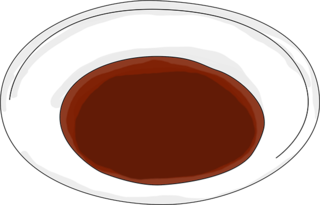
Soy Sauce
For tsumamis, the chef can let you know whether it goes with soy sauce or salt. The nigiris usually come dressed with soy or other sauces so there is no need to dip in extra soy. In cases where you have use soy sauce, lightly dip a part of the fish, and try not to drench the fish or rice in sauce. It is always best to ask the chef how best to each dish.
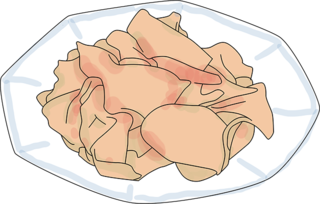
Ginger
The pickled ginger on the serving board is called gari. It is to cleanse the palate between dishes. There is no need to dip gari in soy sauce.
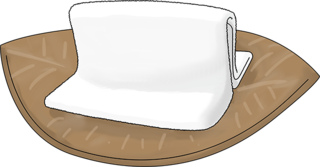
Wet Towels
At most restaurants, you will be handed a wet towel (hot or cold, depending on the season) right after you get seated. You may also get a small towel when the nigiris dishes start. Please use it to wipe your hands.
Table Manners : TEMPURA
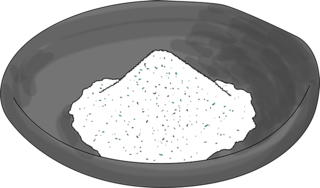
Condiments
At most tempura restaurants, you will see a set of condiments on the counter including tentsuyu dipping sauce, salt and slices of lemon. The chef can let you know which goes best with each item, so please don’t hesitate to ask anytime.

Raddish
Most of the tempura dishes will come with a little morsel of grated daikon radish on the side. You can enjoy it on its own or by mixing it in the tentsuyu dipping sauce. It helps cleanse your palate.
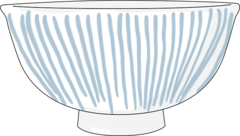
Shime - Final Dish
In Japanese, we call the final dish of the meal, “shime.” At tempura restaurants, they typically serve tendon (tempura soaked in sauce on rice) or tencha (tempura on rice in hot tea) or kakiage (tempura fritter with a separate bowl of rice).
In Japan, etiquette and table manners are particularly important to show that you are respecting the chef and the food, as well as other diners. We hope that these tips will help you be best prepared for an ultimate dining experience at TABLEALL restaurants.